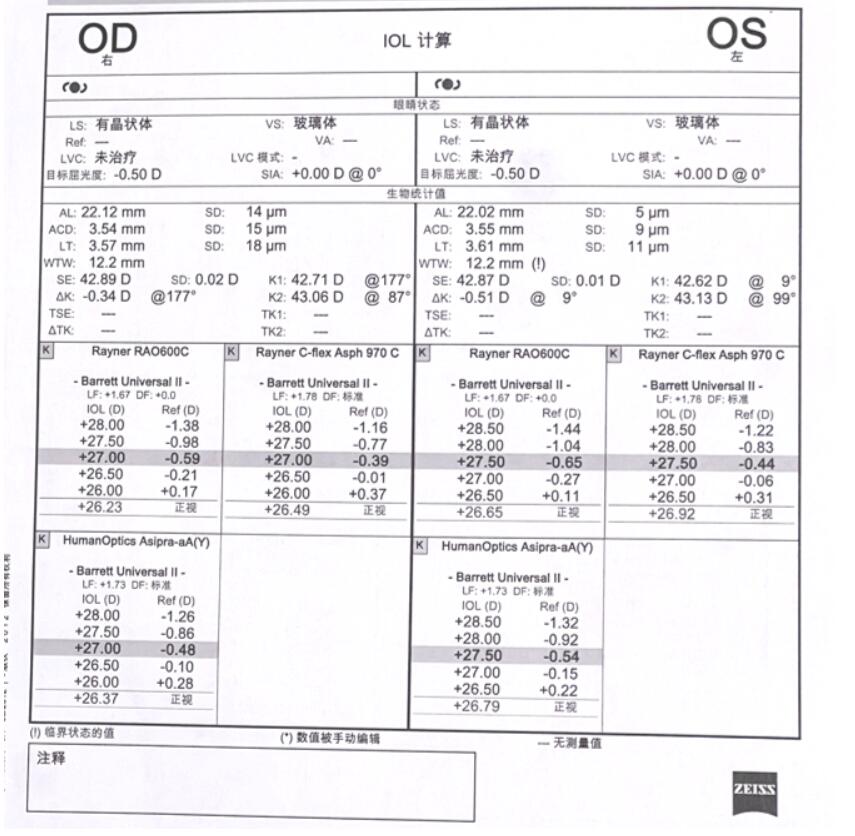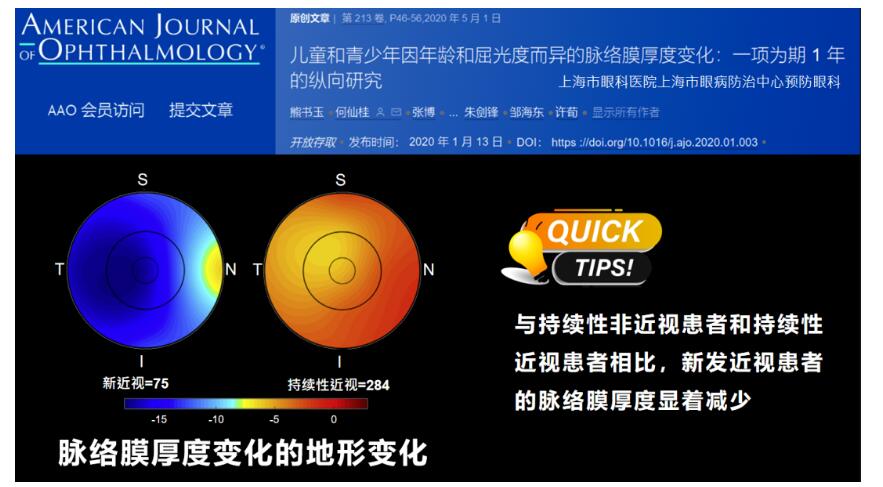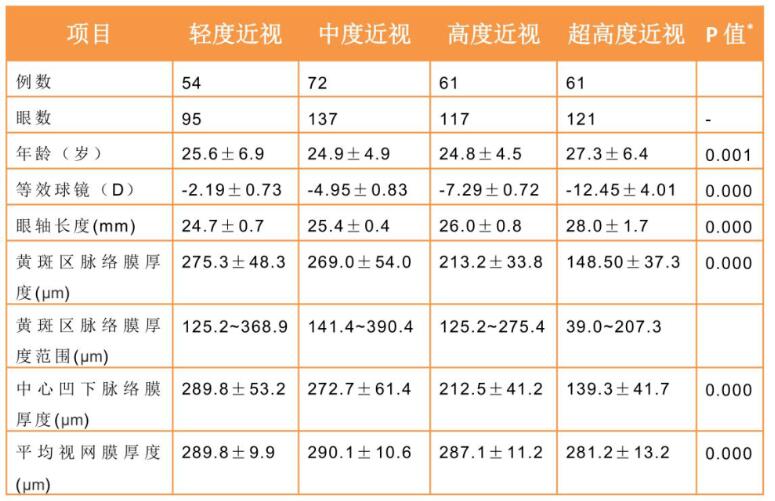
My child's vision used to be 1.0, but why is he suddenly short-sighted?
Recently, I have received feedback from many parents that their children’s unaided visual acuity has been very good at 1.0/1.2 in the past few years. I don’t know why they suddenly became myopic during this examination; the eye axis was so long; their vision suddenly dropped; they began to realize that something was wrong and paid attention to control. Axis up.
It is wrong for parents to only focus on [optometry] and [naked vision]. The growth of the axial length of the eye will deepen the degree of myopia and the naked eye vision will gradually become worse; the eye development process is from hyperopia - emmetropia - myopia, and the hyperopic reserve is reduced. The naked eye vision will get better and better, but this is an early warning signal of imminent myopia or emmetropia. You should check the eye biological parameters in time. The report is as shown in the figure below!

If you want to effectively prevent myopia or effectively control the progression of myopia, you need to pay close attention to changes in choroidal thickness, not visual refraction! The choroid is also involved in the refractive adjustment of the eyes. By increasing its thickness, it pushes the position of the retina forward and shortens the distance between the focal plane and the retina, thereby improving the problem of blurred myopia imaging to a certain extent.
Studies have shown that there is a significant negative correlation between choroidal thickness and refractive power. The thicker the choroid, the shorter the corresponding axial length of the eye, and thus the lower the degree of myopia [1].

The thicker the choroid, the shorter the axial length of the eye, and the smaller the diopter.
Sun Qian et al. conducted a retrospective clinical case study to explore the correlation between choroidal thickness, age, axial length, and refractive power at the Institute of Ophthalmology and Beijing Key Laboratory of Ophthalmology and Visual Sciences, Beijing Tongren Hospital Affiliated to Capital Medical University. , respectively measuring the indicators corresponding to the axial length and choroidal thickness of mild myopia, moderate myopia, high myopia and very high myopia [2]. The results are shown in Table 1 below.

There was a significant difference in choroidal thickness between mild myopia and high or very high myopia groups. Subjects with high myopia had thinner choroidal thickness, while those with low myopia had thicker choroidal thickness. This is consistent with previous knowledge that choroidal thickness has a significant negative correlation with refractive power. Choroidal thickening is an important value in the prevention and control of myopia, so it is very necessary to explore the possible causes of changes in choroidal thickness.